- Overview
- Trip Outline
- Trip Includes
- Trip Excludes
- Gallery
- Reviews
- Booking
- FAQ
Great circuit in the North-East of Algeria with the crossing of the highlands of the mountainous barrier of the Aurès, a passage to the balconies of Rhoufi, carved in the rock in cascades. Stay in the oases of the Southeast (UNESCO). Tour of Roman sites major, such as Timgad, Hippone and Thevest, not forgetting Au Madaure.
No details found.
Itineraries
Day 01
EUROPE - ANNABA
Flight to Annaba, on a regular AirAlgeria flight.
Arrival in the morning (possibility of taking a flight in the afternoon). Welcome at the airport by your French-speaking guide and
transfer to your hotel.
Full day dedicated to Annaba city tour
The history of its construction has gone through several important periods and changes, the most important of which was its change
location at the beginning of the 5th century of the Hegira, when the city "Hippon" left the old site, which was then called "Zawi City",
it was then erected 3 km to the north on the hill of Sidi Abi Marwan, thus the city was called the modern Bona. The land of the Annabs
», Surah in 1058 after JC.
At the beginning of the 16th century AD, and after the attempts of the Emperor Charles V to occupy our coasts from 1535 to 1540 from
our era, Annaba was incorporated into the new Algerian state born at that time. East, and Annaba became part of the new framework
political, and the city has become prosperous and has an economic position.
In 1832 AD, the city was occupied by the French army. The system put in place by the French led to the demolition of
large parts of the old town and its reconstruction in a modern style in the facades of buildings.
Among the most important mosques are the Sidi Boumerwan Al-Sharif Mosque, the Saleh Bey Mosque and a few
old houses that still exist to this day, such as: Dar Larkash, Dar Al-Benqi, Dar Al-Mandi and Dar Al-Saraya, of which there
only a few parts of the front facade remain.
Day 02
ANNABA - BRHAL
Visit of the ruins of Hippo and the museum, lunch. Afternoon, visit of the Saint Augustine basilica and mass visit
the collector of el bey
Listed as a national heritage, its construction dates back to the Ottoman era, at the time of Saleh Bey (Bey Constantine), it is
thanks to the equity of the different sects to live in safety and tranquility visit Château Hafside
Listed as a national heritage, its construction dates back to the time of the Hafsid state in the 13th century AD which was in Pune under
his authority. It was built by an engineer named Omar bin Muhammad, under the ruler of the city, Abu Muhammad Al-Saleh
Bin Masr Al-Jaziri
The citadel is a fortified defensive center of the city and was also the seat of the Hafsid rulers. In 1337, the Sultan of Pune,
Abu al-Fadl ibn Yahya Abu Bakr, decided to build a palace and halls in a grand style near the castle.
During the Ottoman period, it was the seat of the President of Algiers as a permanent residence. In 1832, the French made it
a military barracks and a large ammunition center, and several modifications were made during the colonial period. He
only one door remains with inscriptions from the Hafsid era, and the rest is considered a revival at the time.
colonial.
Day 03
ANNABA - SOUK AHRAS TIBSSEA
Discovery of Thagaste, today Souk Ahras, an ancient Numidian city, erected as a Roman colony at the end of the 1st century AD
J.-C. Visit of the museum in Thagaste and city tour. Mass at Thagaste, Souk Ahras Mdarouech, departure to Madaure, visit during
road of KHEMISSA of the Roman ruins, continuation on Madaure, Departure towards, Tibssea on, dinner and night.
Day 04
TIBSSEA - HAMMAMET - YOUKOUS
The city of Tébessa, three thousand years old, was founded by Heracles (Roman Hercules), according to Greek mythology, under the name of "
Hecatonpyle – The City of a Hundred Gates” during the completion of his twelve labors.
This name of Hécatonpyle of the city of Tébessa or Tevest is confirmed from the 3rd century BC (Polybius and Diodorus)
Prior to their civilization and having no knowledge of Tébessa – Tbest or Thevest, the Greeks introduced the
foundation of the city in their mythology and attribute it to Heracles.
Like all people, the Greeks do not hesitate to claim the foundation of the city of Tébessa by using religion.
In terms of religion Heracles was born in Thebes of Zeus and Alcmene, descendant of the hero Perseus and wife of King Amphitryon.
The king of the gods, according to Greek beliefs, decided to have a son capable of coming to the aid of men and gods alike.
The labors of Heracles of Greek mythology or Hercules of the Romans, date from the period
Visit: Henchir Besseriani
The mausoleums of Morsott Vasampus Temple of Minerva Thevest - Tébessa.etc...Visit the Youkous mineral water spring
Tibssea, dinner and overnight.
Day 05
TIBSSEA - BABAR - KHENGUET SIDI NADJI - SIDI OUKBA - BISKRA
Very early morning transfer by minibus via the Djebel Tamtilia road linking Guentis and the Aïn Rs Ma valley, continuation by the
south passing by Djebel Merfeg Seïd 1360m Altitude and Aïn Djamal arrival in the Babar village It is known for the weaving of
Rug, namely the Babar Rug. from Djebel Tadhout 1662m Meeting with the team, Chaouis nomad Short walk, after the
market departure from Babar by minibus by the road that runs along the southern foothills of the Haut Auras, passing through Oasis Khirane and Douar
Khannga Sidi Nadji, picnic" traditional dish in Khengat Sidi Nadji
Mosque of Sidi Moubarek Ben Nadji (17th century)
Zaouia El Naciria - Zaouia Rahmania Gorge "Valley of the Arabs Oued El-Arabe" Former village of Khanga departure towards Biskra where
high plateaus rub shoulders with the Sahara. From Arab domination to domination since the invasion of Sidi Okba, the founder of Kairouan and the great conqueror of North Africa, the oasis of Biskra was conquered by the Turks, then occupied by Abd el-Kader and the French
Capital The 200,000 palm trees of the Porte du Sahara Biskar, dinner and night.
Day 06
BISKRA - GHOUFI - BATNA
Biskra - Batna by Ghoufi)
After breakfast, departure for Biskra then continuation to Ghoufi, stop en route and lunch in Beniane.
Afternoon devoted to the visit of the magnificent natural site of Ghoufi.
Continuation to Batna, visit along the way of the archaeological territory of Lambèse (Tazoult).
Dinner and accommodation at the Chelia hotel.
Day 07
BATNA - DJEBEL CHÉLIA - TIMGAD
Departure on Jebel Chelia. Hiking and visit of Mount Ras Keltoum (2329m) panorama.
Lunch at the inhabitant and folk festival.
Afternoon, return and branch off to Timgad, visit of the Roman and Byzantine ruins and the museum.
Dinner and accommodation at the 3* hotel.
Day 8
Départ EUROPE
Breakfast.
Transfer to Constantine or Batna airport.
Departure assistance.
From Europe (departure from province, contact us).
8 days / 7 nights
Accompanied cultural getaway.
Level of difficulty: easy.
Mode of transport: tourist vehicle or minibus depending on the size of the group.
Type of accommodation: 5* or 3* hotel.
4 participants minimum.
17 participants maximum.
Best season to experience this trip: all year round (except July and August).
- Visit to the archaeological site of Timgad and Cuicul..
- Visit of Biskra capital of Ziban • Visit of the El oued souf
- A traditional lunch in one of the houses of Babar and Tiznt, Amzghi Chaouis
- Visit to Tibssea
- Visit to Chelia National Park
- Visit of the Kantara pass
- Program designed and exclusively at Tafassasset art Voyages.
No details found.
No Details Found

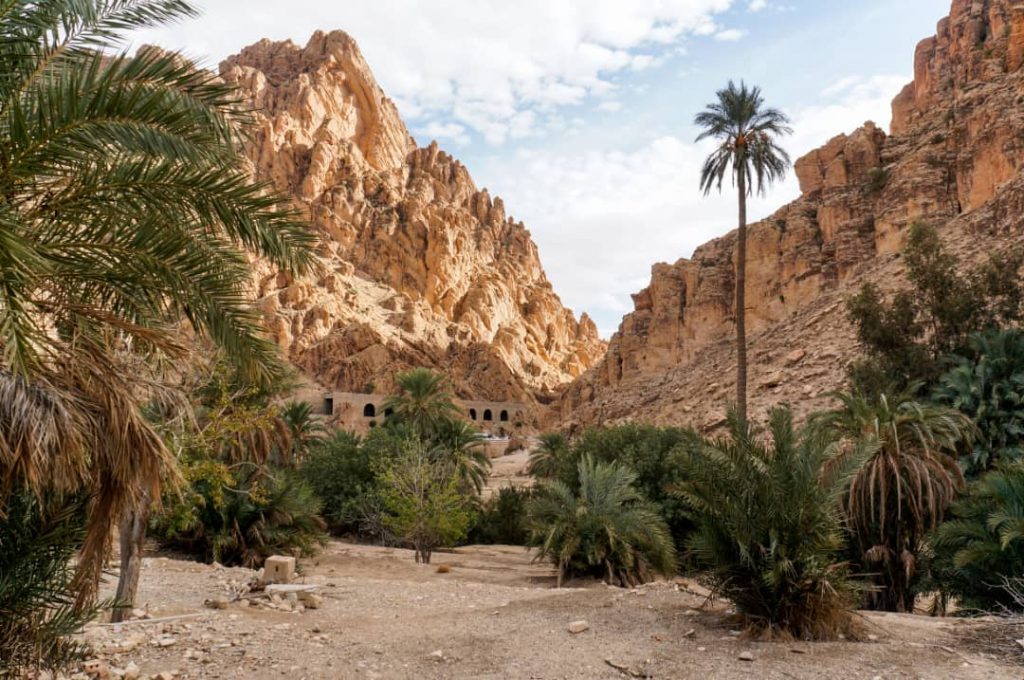
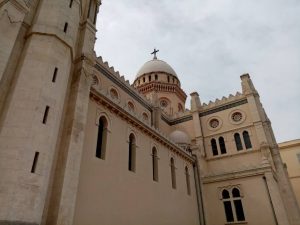
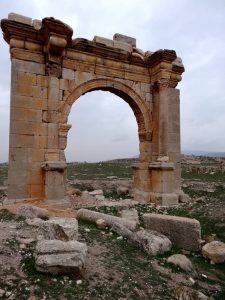
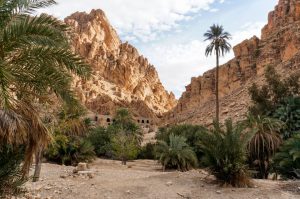
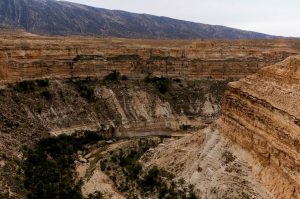
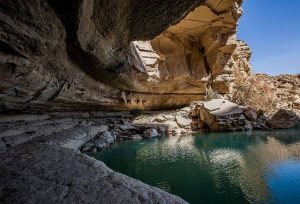
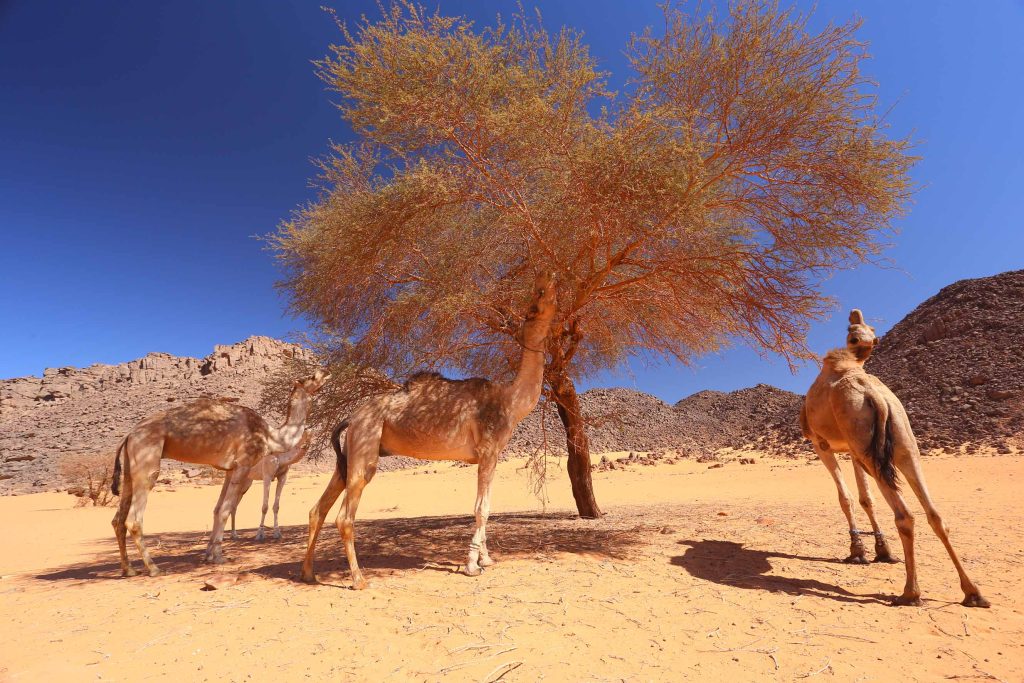
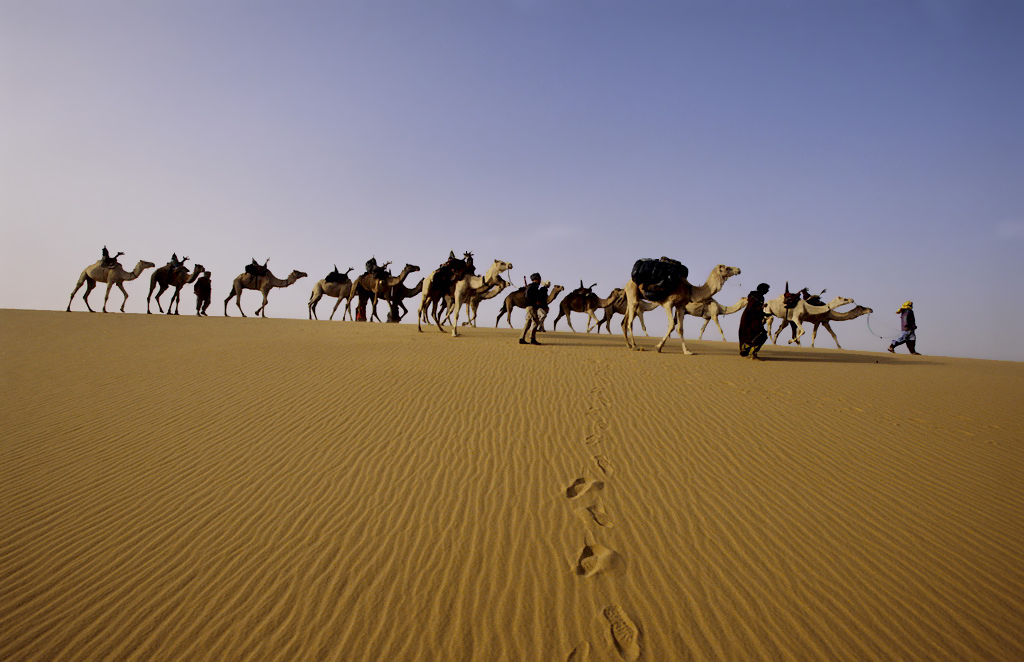
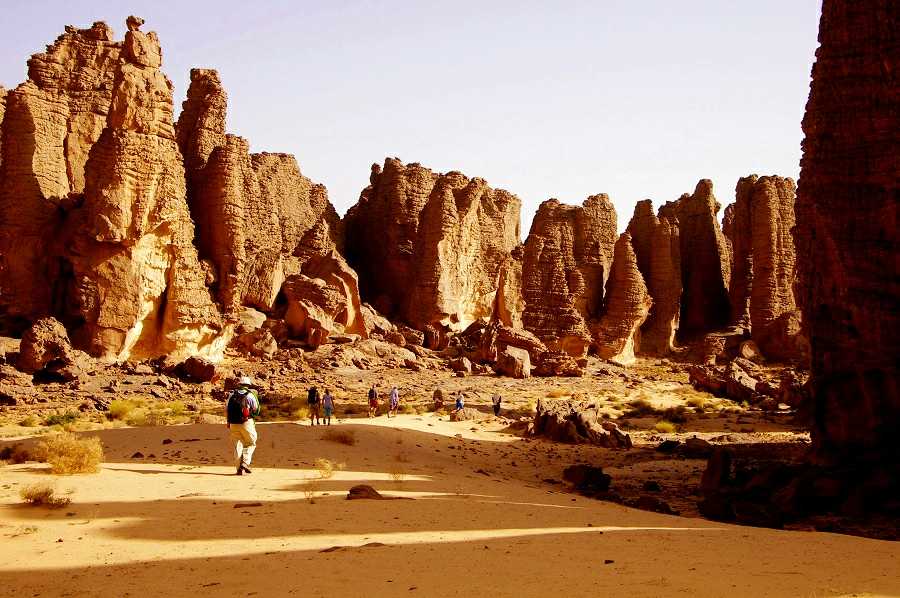
There are no reviews yet.